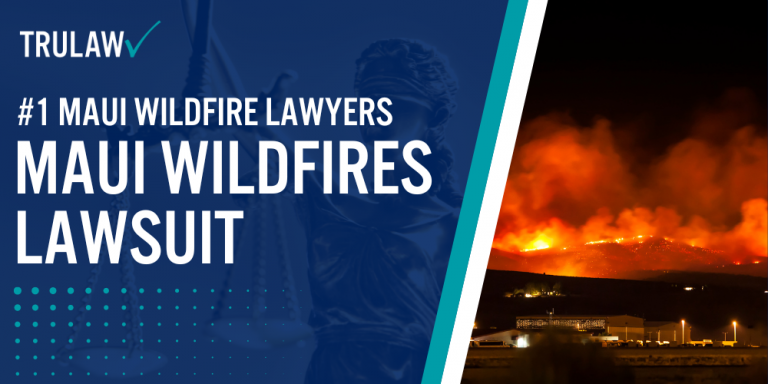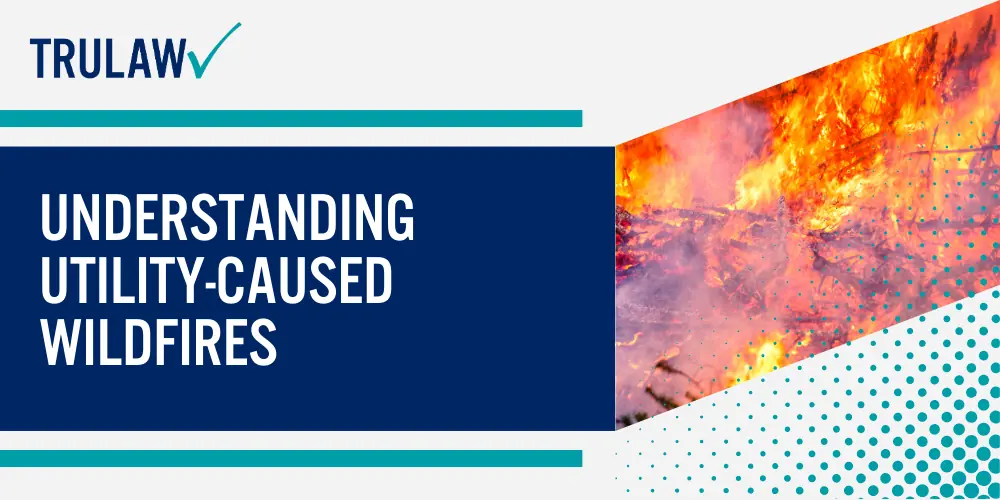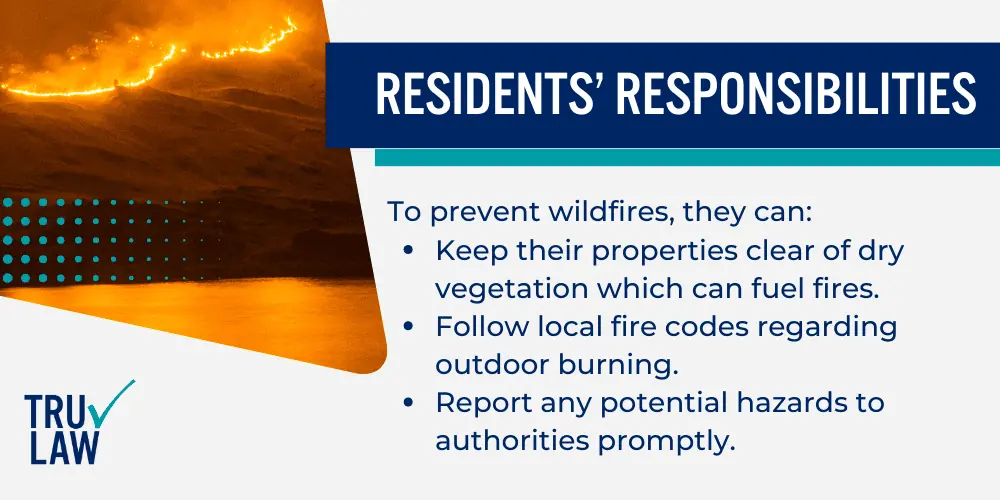The Maui wildfires have been significantly exacerbated by utility-related incidents.
These fires are frequently triggered by power lines or other equipment from utility companies that fail due to lack of maintenance or adverse weather conditions.

In Maui, there have been several specific sites where such wildfires have occurred.
These include Kula Upcountry, Lahaina, Makawao, Pulehu/Kihei, and Olinda.
Each of these locations has its own unique history of wildfire incidents:
- Kula Upcountry: Known for its lush greenery and serene landscapes, was left charred, its dry vegetation ablaze.
- Lahaina, Hawaii: A tourist hotspot, known well by Maui residents — Lahaina, Hawaii was transformed into a scorching nightmare during the Lahaina fire.
- Makawao: The rustic charm was replaced with smoky air and ashes due to the Maui wildfires.
- Pulehu/Kihei: Once vibrant with life, now stands still amidst the devastation.
- Olinda: The high-altitude beauty spot lost much of its charm to the raging fire.
The damage caused by these wildfires and hurricane winds, both examples of extreme weather events linked to climate change, is nothing short of catastrophic.
The Maui wildfires have a significant impact on the local environment and community.
This can be compared to other significant wildfires caused by utilities, such as the PG&E Camp Fire in California and the PacifiCorp fire in Oregon.
The following metrics provide a comparison of these wildfires:
Maui Wildfire:
- Acres Burned: 2,200+ acres
- Structures Damaged: ~2,200 structures
- Lives Lost: 115 people (as of 8/21)
PG&E Camp Fire:
- Acres Burned: 153,000+ acres
- Structures Damaged: ~ 18,800 structures
- Lives Lost: 85 people
Pacificorp (Oregon):
- Acres Burned: 1,200,000+ acres
- Structures Damaged: ~ 5,000 structures
- Lives Lost: 9 people
This comparison illustrates the severe impact of utility-caused wildfires in different regions.
These wildfires are not limited to Maui and are part of a larger pattern that can be observed in various vulnerable regions.
Each of these regions has its own experiences of loss and damage due to these fires.

















